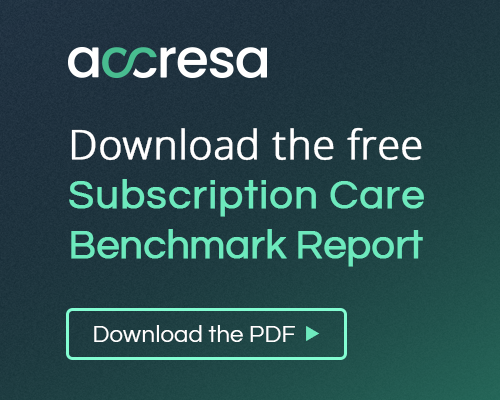Employer-sponsored healthcare faces challenges it has not historically encountered. Annual double-digit cost increases, combined with new regulatory requirements, are straining employers’ ability to offer quality care to their employees. Many solutions have been proposed, but few have demonstrated the return on investment that an independent network of Advanced Primary Care (APC) providers can deliver. Several studies have shown that a strong primary care network, operating and financed independently of traditional fee-for-service networks and payment models, can achieve an average savings of 20% for healthcare plans. This model also results in higher patient satisfaction and increased productivity.
When we examine successful payer and provider partnerships, a variety of models have been employed. Onsite and near-site clinic companies have demonstrated success in managing employee health onsite at either the home office or nearby clinics. Other models, such as those implemented by Walmart and Amazon, have seen less success despite significant investments in building new clinics. These investments were made with the expectation that minimal primary care payments would offset the costs, which has not always been the case. A novel concept is to utilize existing primary care providers in markets where they already have the infrastructure and market knowledge to minimize disruption to existing patient relationships. However, the challenge with this model is integrating disparate providers into a single administrative and clinical platform to ensure a cohesive experience for both employers and employees.
Enter Collaborative Health Partners (CHP), an organization that manages three distinct networks of clinicians across 14 clinic locations, representing about 60 healthcare providers alongside a nationwide virtual care network. In 2019, CHP partnered with Liberty University to set up an on-campus clinic for students initially, but the relationship quickly expanded into a city-wide network of advanced primary care practitioners caring for over 5,000 employees and their dependents. The health plan struggled with high ER utilization, access issues, and inadequate care management. In response, CHP built the network, standardized processes, and implemented technology to achieve seamless administration and clinical excellence. To date, CHP has reduced ER utilization by 15% and achieved a total participation rate of 45%, intending to increase to 80% over the next two years. Compared to other employers of similar size, Liberty has seen about a 45% improvement in ER utilization and a 17% improvement in closing care gaps.
Just last year, CHP implemented a physical therapy program to reduce orthopedic expenses and expanded diagnostic services to help further reduce costs. Since the program’s inception, Liberty University has not experienced a double-digit increase in healthcare costs, and patient satisfaction and productivity have reached new heights. As the program matures, Liberty University looks to CHP for guidance on the next steps.
For universities, large employers, or clinical networks interested in supporting community employers, several considerations should be made when evaluating the potential benefits of such a program:
Data Analysis: Not every employer is a good fit for an advanced primary care program. Data indicating high levels of ER and other costly care can signal potential program success.
Network Analysis: A solid network of primary care providers, geographically positioned to deliver quality care and access, is essential.
Management Structure: Engaging a group like CHP to manage contracts across diverse providers and ensure administrative standardization is crucial. This includes having a unified platform for marketing, enrollment, eligibility, payment, and network management.
Clinical Administration: Sharing data across different clinical infrastructures is vital for effective administration.
Ongoing Management: Continuing to manage the network and the employer relationship is necessary.
TPA Buy-in: While not necessary, having a third-party administrator (TPA) buy-in can be beneficial. CHP’s strong relationship with Anthem, for example, simplifies claims administration.
Continuous Innovation: Constantly analyzing data and innovating to address claims trends, control costs, and maintain a healthy patient population is crucial for success.
The current trends in healthcare suggest a shift towards innovative solutions driven by forward-thinking employers. These employers understand they have specific tools that can significantly impact healthcare spending and improve the quality of care their employees receive. It is up to the few willing to challenge the status quo to drive transformative change in the healthcare delivery system.


